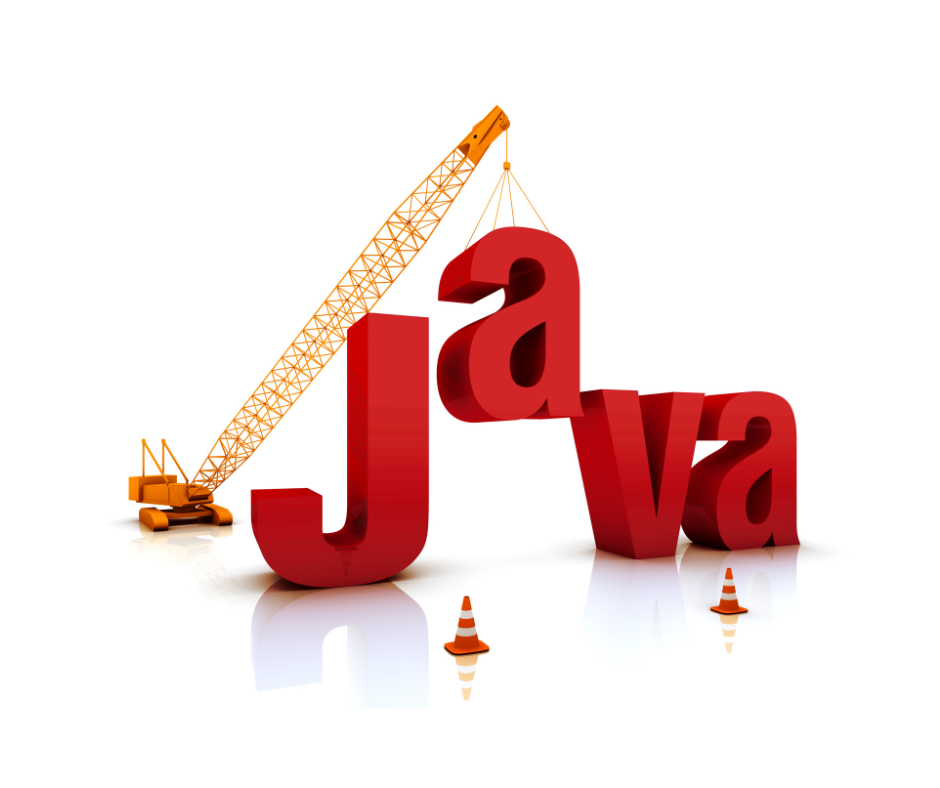Introduction to Java Full Stack Technology and its Growing Popularity in the Enterprise
Java Full Stack technology is rapidly gaining popularity within the enterprise. This powerful combination of technologies is becoming the go-to choice for businesses that need robust, reliable, and secure development solutions. Full Stack technology combines front-end and back-end development into one comprehensive solution. The front-end deals with the user interface, while the back-end handles data storage, application logic, and other server-side activities. By combining these two components into one package, businesses can create applications that are fast, efficient, and secure. Java has long been a popular language for enterprise development. It’s a mature language with a large number of libraries and frameworks available that make it easy to build complex applications quickly.
Additionally, Java is a secure language that can be used to build highly reliable systems. The growing popularity of Java full stack technology in the enterprise is due in part to its scalability and flexibility. Because it combines both front-end and back-end development into one package, businesses can quickly adapt their applications as their needs change over time without having to rewrite code or purchase additional software licenses. Additionally, Java full stack technology can be used on multiple platforms including Windows, Linux, macOS, iOS and Android devices. The Java full stack also provides businesses with access to powerful tools such as Spring Boot and Hibernate that make it easier to develop web applications quickly while reducing costs associated with training developers in new languages or frameworks.
Furthermore, because it is open source software there are no licensing fees associated with using it which makes it an attractive choice for cost conscious organizations. In conclusion, Java full stack technology is becoming increasingly popular within the enterprise due to its scalability, flexibility and powerful tools available for rapid application development. As more businesses adopt this technology they will benefit from faster time-to-market cycles as well as reduced costs associated with training developers in new languages or frameworks.
Benefits of Java Full Stack Technology for Enterprise Applications
Java full stack technology has become increasingly popular in the enterprise world due to its many advantages. From a single codebase that can be used across multiple platforms to its flexible and secure architecture, Java full stack technology offers a number of advantages for enterprise applications. One of the major benefits of Java full stack technology is that it provides a single codebase that can be used across multiple platforms, including both web and mobile. This makes development more efficient as developers only need to write code once and then deploy it across multiple platforms. Additionally, this also makes maintenance easier as any changes made to the code will apply across all platforms. Are you looking to elevate your career as a full-stack developer? Look no further! Kelly technologies is now offering Java Full Stack Developer Course in Hyderabad.
Another advantage of Java full stack technology is its flexibility. It allows developers to easily modify existing codes and create new features without needing to start from scratch. This makes development quicker and allows for more creativity in the development process. Additionally, Java full stack technology also provides scalability, allowing for applications to easily scale up or down depending on user demand. Java full stack technology also offers enhanced security when compared to other programming languages. It uses a secure sandboxing environment which isolates applications from each other, making them safer from malicious attacks or data breaches.
Additionally, it also offers robust authentication and authorization mechanisms which further enhance security levels in enterprise applications. In conclusion, Java full stack technology provides many benefits for enterprise applications such as a single codebase that can be used across multiple platforms, flexibility, scalability and improved security levels. These advantages make it an attractive option for enterprise application developers who are looking for an efficient and secure solution.
Challenges Faced with Adopting Java Full Stack for Enterprise Applications
The growing popularity of Java Full Stack technology in the enterprise has been a boon for developers and businesses alike. However, it is important to recognize that there are certain challenges that come along with adopting this technology for enterprise applications. As more organizations move to adopt Java Full Stack, it is important to be aware of these challenges and how to address them. The primary challenge that comes with adopting Java Full Stack is the complexity of the technology. With its vast array of components, frameworks, and tools, it can be difficult for developers to understand how all the pieces fit together.
This can lead to bugs and other issues that can take longer than expected to fix. Additionally, the sheer number of components can make it difficult to maintain or update existing applications. Another challenge posed by Java Full Stack is scalability. As organizations grow, they will need more resources in order to keep up with their increasing workloads. With a complex technology like Java Full Stack, scaling up can be difficult and expensive due to the need for additional hardware or software resources such as memory, storage space, or processing power. Finally, integrating existing legacy applications with new Java Full Stack applications can also be a challenge.
Legacy systems may have different architectures or data models which makes them incompatible with newer technologies like Java Full Stack. In addition, legacy systems may require manual coding in order to integrate them with new systems which increases development time and cost significantly. Adopting any new technology comes with its own set of challenges but these should not discourage organizations from taking advantage of the many benefits offered by Java Full Stack technology in the enterprise. By understanding and addressing these challenges head-on, organizations can ensure a successful transition and reap the rewards of this powerful technology for years to come.
Conclusion: The Future of Java Full Stack in the Enterprise
The growing popularity of Java Full Stack technology in the enterprise is undeniable. Its scalability, versatility, and power make it an ideal solution for many businesses. As technology continues to advance, Java Full Stack will continue to be a valuable asset for any business looking to gain an edge over their competition. With its wide range of features and capabilities, Java Full Stack is a powerful tool that can help businesses achieve their goals efficiently and effectively. It is no wonder why so many enterprises are turning to this technology for their needs. This article on e-blog must have cleared up any confusion in your mind.

